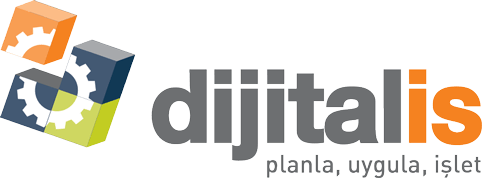Detailed layout planning helps companies achieve benefits such as increased process efficiency, reduced space requirements, and lower costs.
As the number of products produced, the number of materials and processes required for a product increases, the design of factories has become more important than ever before. Factories that have grown like slums over time with instant decisions are forced to rearrange the entire plant layout. In general, it will be more costly and difficult to improve the plants that are not properly planned. This also shows how important it is to plan the plant from the beginning.
As businesses grow, the struggle between production and logistics over the limited space in the plant also grows. Every choice made can offer an improvement in one point, while causing deterioration in another. For this reason, it should be ensured that plant planning creates value for all stakeholders by considering all elements. Otherwise, a plant design focused only on production capacity will not be able to reach the desired output with the targeted cost due to the inefficiency of internal logistics transportation or the insufficiency of warehouse areas.
Plant planning should be done on a tailor-made basis and should result in a design that optimizes the balance of performance and cost.
Dijitalis, based on the principles of lean manufacturing and factory logistics, works closely with its customers to create a design that will make the best use of space and investment budget. Layout planning is carried out at both macro and micro levels. All factors are considered, from how processes and lines will be located within the building, to the selection of appropriate automation systems and handling equipment, and ergonomic station design. By optimum use of plant area, lean material flow is provided and indirect production costs are minimized. The average benefits of plant planning projects that Dijitalis handles using its own methods and tools are as follows;
Savings of 3% to 5% in CAPEX investment costs,
- Savings of 5% to 7% in OPEX costs,
- Reduction of 2 to 4 months in the time to install the plant and transition to mass production,
- Savings of 6% to 8% in space usage.
